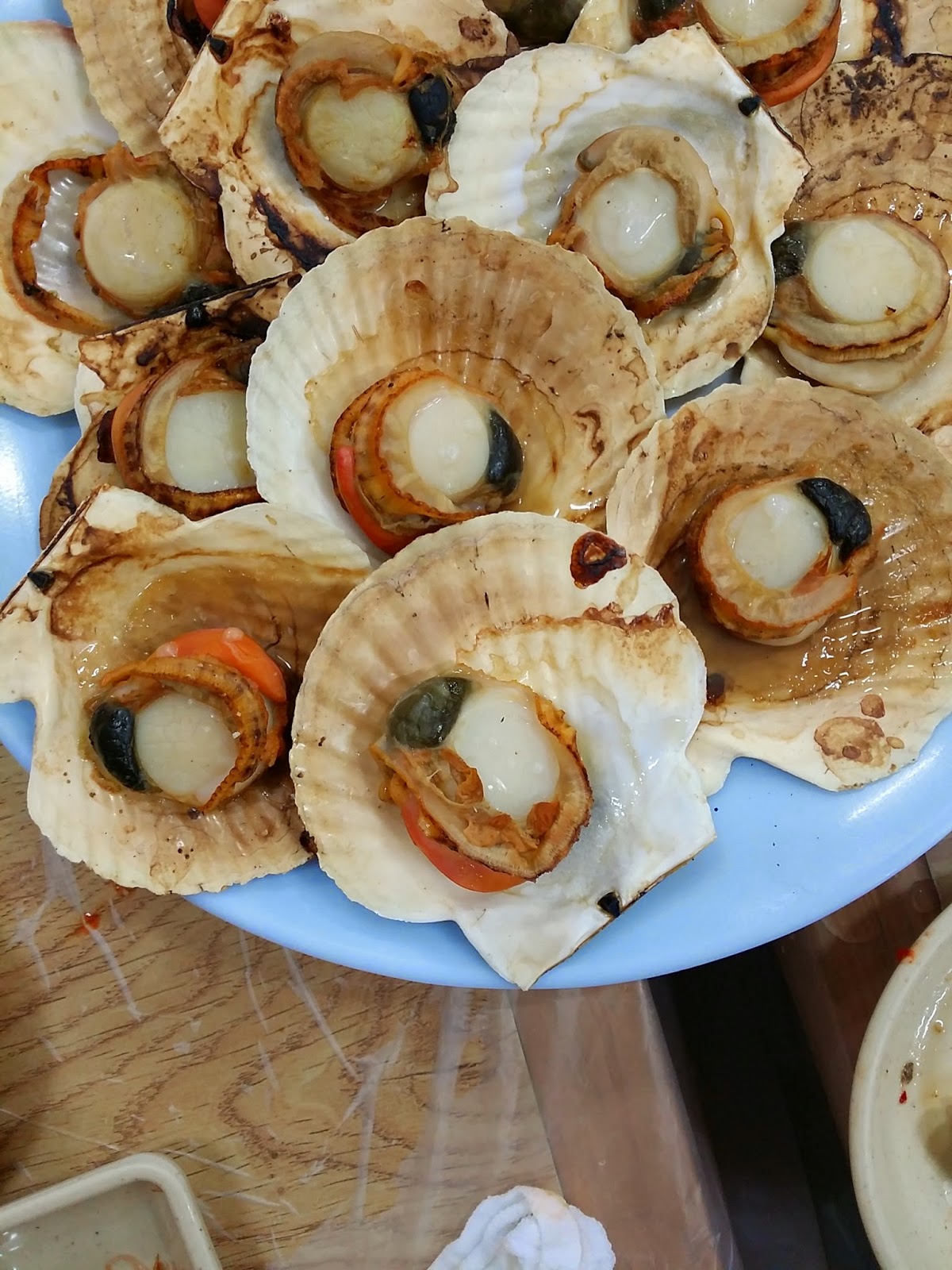Gyeongbokgung Palace was built as the primary palace of King Taejo in 1395 during his reign in the Joseon period.
It was left in ruins after its destruction during the Japanese invasion of 1592 and again in 1910 when they were annexed by Japan.
Rebuilding works have been consistently been carried out on the palace grounds after 1920s in hopes of restoring the structure in its entirety to its former glory which explains the seemingly new structures in place during our visit.
We decided to take our time before we watched the change of guards at 1pm.
Arrive at least half an hour early to grab your tickets before the ceremony so that you can make your way in once the ceremony comes to a close.
It costs 3 000 won for adults from 19 - 64 years of age and 1 500 won for children between 7-18 years of age. Children under 6 and Senior citizens 65 and above enter for free.
It costs 3 000 won for adults from 19 - 64 years of age and 1 500 won for children between 7-18 years of age. Children under 6 and Senior citizens 65 and above enter for free.
There's currently a National Palace Treasures Museum Exhibition going on with free admission once you exit from the metro so you might want to spend some time there as well.
This is us.
At a very special spot.
Behind the Sumunjang - Chief Keeper of the gates.
These palace guard will leave for about 5 minutes before they appear again in a lineup in order of ranks awaiting the drum beat to signify the start of the change of guards.
We snuck in a shot before the ushers got the public to move to the pavements.
Right outside the main Gwanghwamum gates.
And there will be crowds.
So be prepared.
Like my cute mum, who's happily posing for me.
The relieving batch of guards meet the current batch of guards in the open spaces behind Gwanghwamun gates.
It is a ceremony of grand proportions.
Comparable to the change of guards at the Buckingham Palace.
And very much more tourist friendly with loads of opportunities for photos and videos in the large space between the inner and outer gates of the palace.
Accompanied by these drummers with very unique drumming techniques.
And a salute to the accompanying Royal Military Band.
The ceremony takes place thrice a day at 11am, 1pm and 3pm.
Head on straight to Keunjonmun where your tickets will be checked and on the right, you'll find a visitor's information centre.
If you are joining the guided tours, there's an English tour that starts at 1.30pm.
The tour takes about an hour to an hour and a half and will end in the north where the National Folk Museum is.
Unless you've done your background research on the palace, let these complimentary tour guides give you an informative insight into the palace grounds.
Everything took on meaning when it was duly explained and pointed out to us along the way.
If it wasn't for Dad's rumbling tummy,
I would've opted to stay on for the tour of the National Folk Museum and wandered around the palace grounds for just that whimsical while more.















































